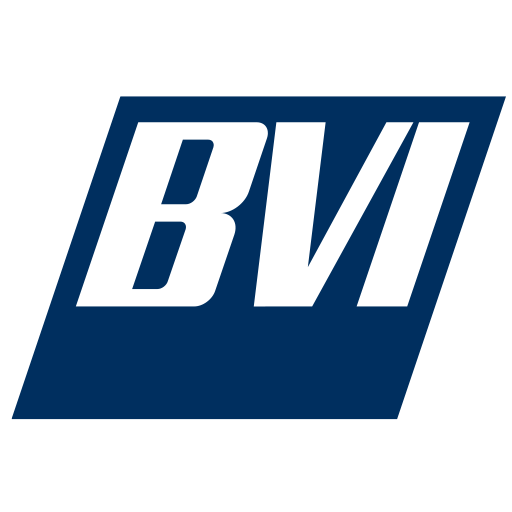People don’t often think about it, but the power system has inertia, which means that it resists changing quickly. This resistance to change helps TVA maintain a steady flow of electricity even when we have a disturbance, such as a lightning strike or a loss of generation. Today, the system’s inertia is provided by our large spinning turbines and generators. As we transition to cleaner energy, TVA will be retiring some of these large spinning assets and replacing them with non-spinning generation, such as solar and batteries. In order to regain some of the lost inertia, TVA is applying an innovative approach by upgrading our existing hydro fleet to operate in a synchronous condenser mode.
When a unit is in this mode, it spins similar to a generator. But unlike an operating generator, it doesn’t produce actual power. Instead, it operates to stabilize the electric grid, and at the same time reduces wear and tear on the units.
“We have synchronous condenser capabilities at many units in our hydro fleet but recognized the opportunity to add more to additional sites as we meet increasing demand in our region,” said Project Manager Jake Bussey. “Our hydro units are designed to operate during periods of high demand, so they don’t operate all of the time. That is why some weren’t originally designed with the capability of spinning without producing power.
“As we add more renewables like solar energy to the grid, we can ensure the stability we need by adding more synchronous condensers at our hydro plants.”
Stability and reliability
The Project, Field and Partner Services team is up for the task. Their focus on larger scale, strategic projects at existing TVA facilities made them the perfect partner to step in and lead the program to improve the synchronous condensing capability of our hydro fleet.
“With minimal upgrades, many of our hydro units can be capable of condensing. Adding or enhancing this technology in our hydro fleet is a very cost-effective way to add inertia and bring stability to the grid as we grow our renewable energy portfolio,” said Bussey.
Over the next several years, the Project, Field and Partner Services team will work to add or enhance the technology on 81 units at 24 plants in the hydro fleet. The hydro units selected for the program were chosen primarily because of their location – adding inertia at the right places is integral to grid stabilization.
Each plant is different, so each requires a unique plan. Some require minimal upgrades while others will require additional construction. The team will investigate each unit and develop a plan that best fits the plant’s needs without requiring long outage periods. The first five plants chosen for the program are Douglas, Fontana, Appalachia, Chickamauga and Wheeler.
“TVA has always excelled in having a diverse portfolio, and we are doing the same when evaluating grid stability and synchronous condensing solutions. This is just one way we are addressing our future needs in a proactive way,” said Jake.
